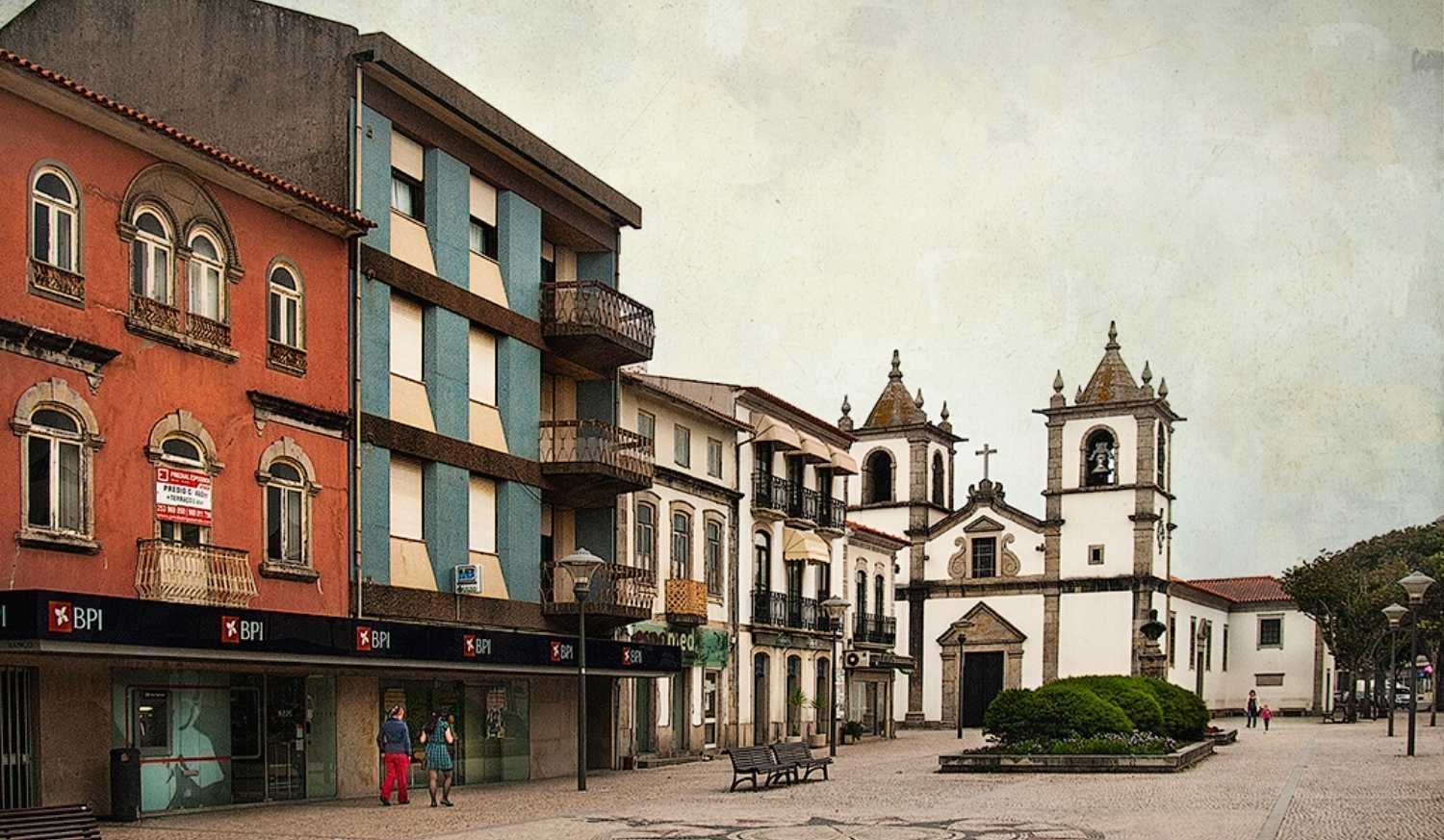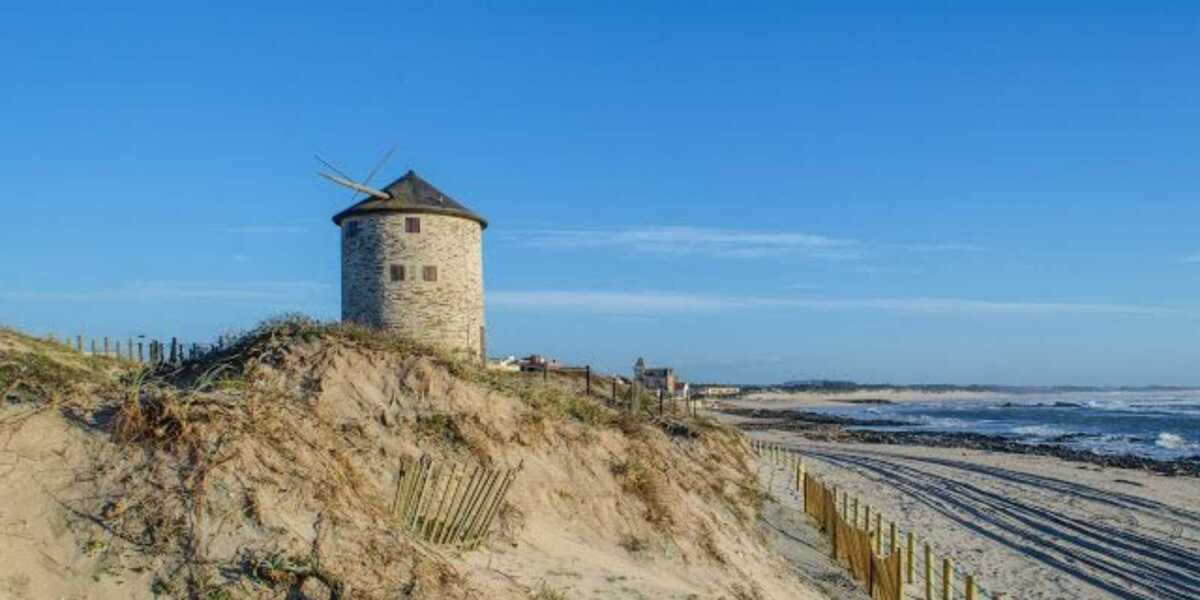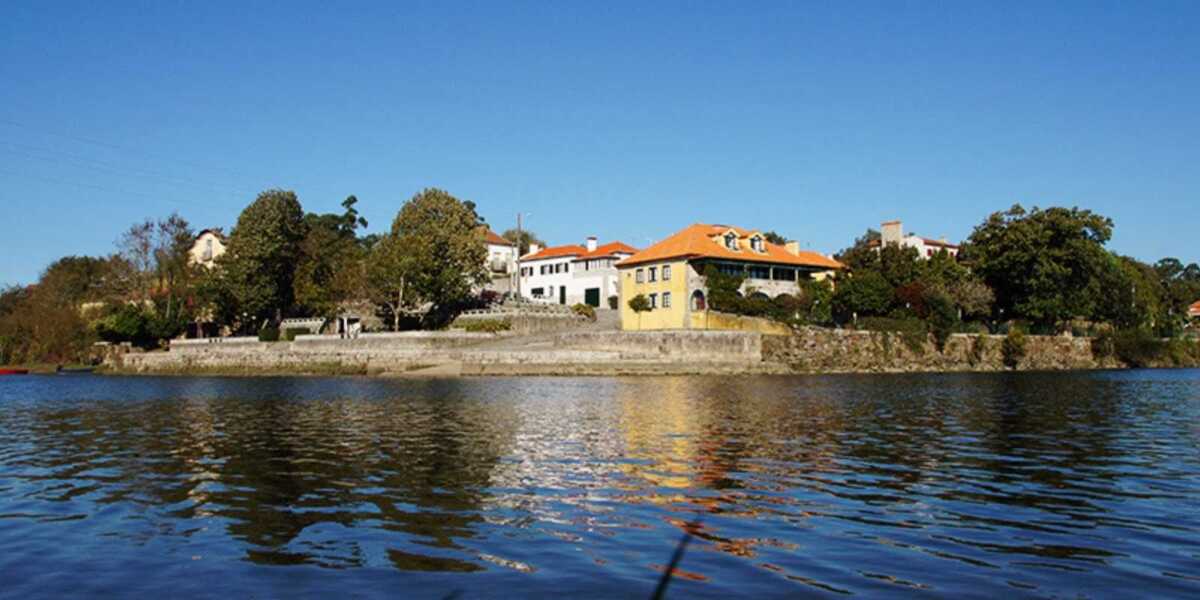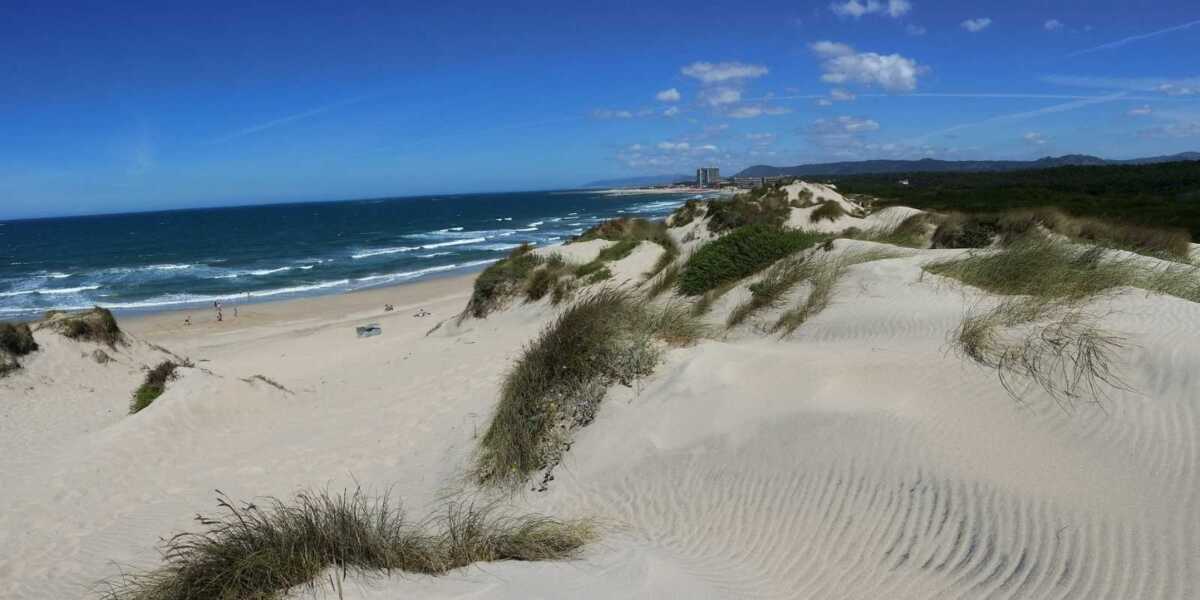
Information about Esposende
Esposende is a small town in the district of Braga, the only one with a privileged connection to the ocean. It is located in the Portuguese coastal strip that constitutes the Atlantic Axis, between the cities of Vigo and Oporto. Its population is very old, as there are architectural traces of this area dating back to prehistoric times. In Esposende you can find captivating landscapes with its long sandy beaches, dunes, pine forests, forest areas, rivers and sea. To contemplate its attributes is to be in front of an authentic privilege of nature .
What to see and do in Esposende
The viewpoints of the city
Esposende is a place to contemplate full of beautiful landscapes both natural and urban. Given this feature presents a myriad of viewpoints for the enjoyment of any traveler, pilgrim or resident of the town. One of them is the Mirador de San Lorenzo located in one of the highest points of the fossil peak, is a privileged point from which you can see both the sea and the city. Another option is the Mirador da Senhora da Guia from where you can see San Bartolomeu do Mar to Viana do Castelo. The Monte do Faro viewpoint offers a panoramic view of the entire Atlantic coast from Póvoa de Varzim to Esposende.
The Litoral Norte Natural Park
This park has a great diversity and rich landscape. It runs along the Atlantic coast from the Neiva River to Apúlia, making a great display of the biodiversity of the area. Of great interest for those who wish to get in touch with the purest air and seek inspiration in the most intense part of nature. A place to lose yourself for hours.
The legendary Lake Boat
La Barca del Lago has a long history that goes back to Roman and medieval times, and to the times when it was used by pilgrims and travellers to cross the river. This boat connected the two banks of the river to the people who wished to cross it and there were boatmen on both banks. It is a very peaceful place to enjoy the beauty of the clarity of the water, so much so that you can find the noble buildings that rose in the location as the Solar de los Gayos or Solar de los Machados.
The route of the Cangostas
For hikers or lovers of hiking there are different alternatives in Esposende and one of them is the route of the Cangostas. The word cangosta is a word widely used in the area and refers to a narrow and irregular dirt road on the outskirts of a village with a rural environment, between grass and hedges. The route manages to recover several of these traditional cangostas so that the traveller can make these stretches full of history and natural environment.
The beach of Ophir
This beach is located at the mouth of the river Cávado and in the context of the Costa Norte Natural Park. A beautiful beach surrounded by pine forests for an authentic paradise experience. It has hard and vegetation everywhere and is crossed by walkways and sidewalks to gain access to the sandy area. The rocks are the great attraction of the place, which create peculiar shapes and can be seen when the tide is low, receiving the name of “Fao horses”.
The Church of Mercy
In the area of Fao is the overwhelming church of Misericordia, a Renaissance temple from the end of the 16th century. It has a single nave with a large bell attached to the west façade. The white of its walls contrasts with the impressive angles to provide an architectural work of great visual beauty. Next to it is also the Museum of Sacred Art of the Church of Mercy, which you can visit during your visit and learn a little more about its history.
Surfing
Esposende is a fantastic place for surfing because of its great waves and the variety of beaches, ideal for this type of activity. The best locations for this are the beaches of Apulia, Suave Mar and Ofir, which have an excellent climate and plenty of waves for a long day of water sports activities to suit the traveller.
The House Museum of Viana de Lima
For a cultural respite among so much lush nature, it is ideal to visit the Casa Museo de Viana de Lima. It is a tribute to one of the most important figures of Portuguese architecture and its construction dates back to 1954. The building, also known as Casa das Marinhas, is classified as a Monument of Public Interest and can be accessed by appointment only.














